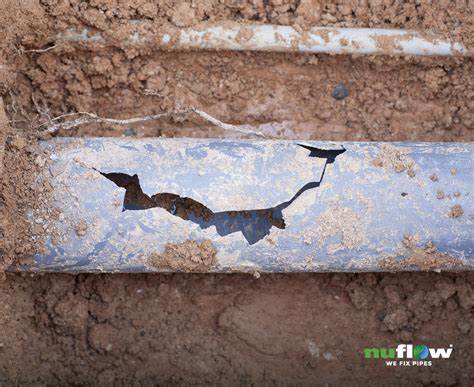
When we talk about stroke, we talk about CVA or cardiovascular accidents. Cardio refers to the heart. Vascular refers to the circulatory system. Accident means an event that leads to injury. Anyone who studied physiology or science in high school would have encountered the function of the heart. It is a pump with 4 chambers, the chambers pump the blood (and I am not going into details here). But bear in mind that abnormal beats and mechanical failures in the heart can lead to stroke.
We need to pay close attention to the vascular system; this is where the accidents occur most in stroke. The vascular system in our body comprises blood vessels very similar to the plumbing system of the house.
Plumbing vs Circulation --
- Water and Blood:
- Plumbing: In a plumbing system, water is essential for various household tasks like showers and washing dishes. The goal is to get water to where it’s needed.
- Circulatory System: Similarly, blood serves as the “water” of our cardiovascular system. It carries oxygen, nutrients, and other vital substances to cells throughout the body.
- Pipes and Blood Vessels:
- Plumbing: Pipes are the conduits that transport water. Large pipes (like arteries) serve as main channels, while smaller ones (like capillaries) lead to specific areas (like kitchen sinks).
- Circulatory System: Blood vessels play the same role. Arteries act as the main pipes, distributing blood, while capillaries connect to specific tissues and organs.
- The Pump:
- Plumbing: Water doesn’t move on its own; it requires a pump (like a water pump) to push it through the pipes.
- Circulatory System: Our heart serves as the pump. It contracts rhythmically (the heartbeat), propelling blood through the vessels.
- Pressure:
- Plumbing: Proper water pressure is crucial. Too low, and you’ll have a weak shower; too high, and things might burst.
- Circulatory System: Blood pressure matters too. If it’s too low, your body won’t receive enough nutrients; if too high, it can strain blood vessels.
In essence, the cardiovascular system is the lifeblood highway of all our organs including the brain. When we are born, we are blessed with the most perfect cardiovascular system (except for the unfortunate ones born with congenital defects). But regardless, growing old means the body plumbing deteriorates no matter how perfect it started. I used to serve as a member of a facility board that oversaw the repair of one of its sewage pipes. I have learned that galvanized iron made up most pipes in the 60’s when this facility was built. And these pipes carried a lifespan of around 60 years. The sewage pipe started showing signs of damage - flooding some unit bathtubs with nasty sewage - because of severe blockage. We hired a plumber who recommended replacement of this major pipe for a hefty price or opt for a modern solution called pipelining for a less pricey cost.
In comparison, replacing a pipe may be similar to using a graft to bypass an old non-functioning blood vessel due to severe blockage. Pipelining a pipe may be compared to stenting or a placement of a lining inside a weakened blood vessel or blocked blood vessel to reinforce its integrity and allow smooth passage of blood flow.
In the plumbing system aging can lead to breakdown of the pipe walls producing cracks that increase potential leaks. It also accumulates scum on its wall that build and thicken that it blocks the passage of the otherwise normal flow. Other blocking materials include roots getting through the cracked walls and this is something I just learned, Drano and other corrosive chemicals destroy the walls of the pipes as well.
Damage to our blood vessels can be attributed to two causes: those beyond our control and those within our control.
Beyond-our-control causes are a result of genes, congenital or later-in-life diseases, gender, aging, accidents, complications from certain procedures.
Those within-our-control causes include poor lifestyle including the kind of food we eat, smoking, drinking, stress both mental and physical, obesity, immobility/sedentary life these are only few of the many.
(next, we will discuss how these causes lead to stroke).